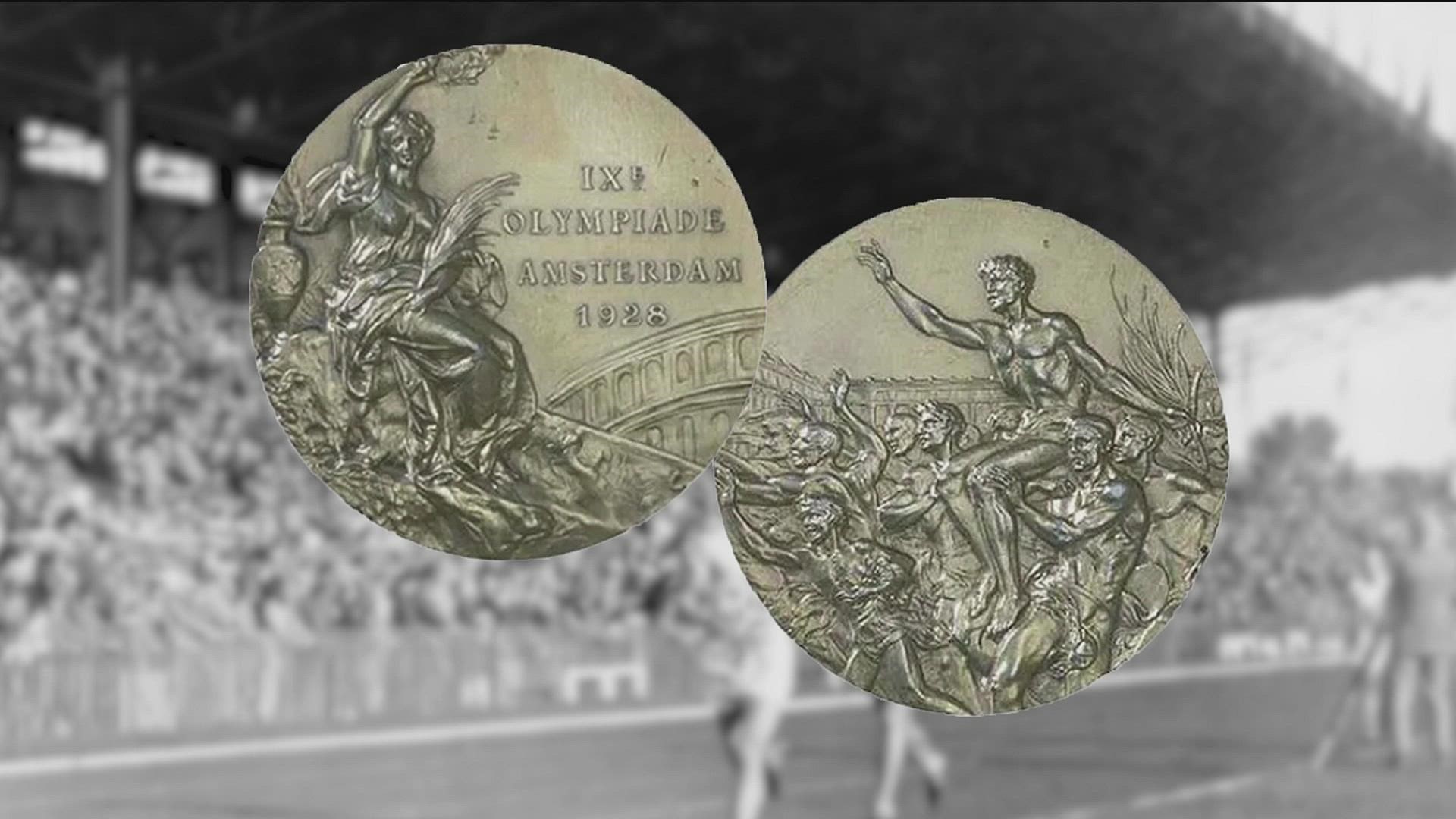ATLANTA — Some Olympic traditions never change, but the look of Olympic medals can be very different from one Olympic Games to the next.
For decades, the design of the medals at the Summer Olympics was consistent. In 1928, artist Giuseppe Cassioli created a medal design that would endure for 44 years. On one side was the Greek goddess of Victory.
“On the other side is sort of a scene from an ancient Greek Festival where a victorious athlete is being carried off on the shoulders of admiring fans,” said Olympic Historian Dave Lunt of Southern Utah University.
While the Summer Games kept the medal look consistent, the Winter Olympics arrived in 1924 with a different idea.
“The Winter Games wanted their own designs from the beginning,” said Lunt. “My hunch is that it has to do with the Winter Games being this, a little bit of an orphan or stepchild to the Summer Games.”
With the Winter Games varying the look of their medals, the city of Munich decided to break with tradition and change the look of the medals at the 1972 Summer Games. The goddess of victory was kept on one side, but on the other were twin gods from Greek mythology representing competition and friendship. Ever since, host cities for the Summer and Winter Games have designed their own look for Olympic medals.
“They don't even have to be round discs,” said Lunt. “It's a way for the local organizers to assert some independence and perhaps stake some identity.”
The medal design can reflect the culture of the host city.
Medals for Beijing’s Winter Olympics were created to resemble ancient jade pendants of the Western Han Dynasty more than 2,000 years ago.
Incidentally, gold medals didn’t appear until the 1904 Olympic games in St. Louis. Prior to that, Olympic winners received silver medals.

